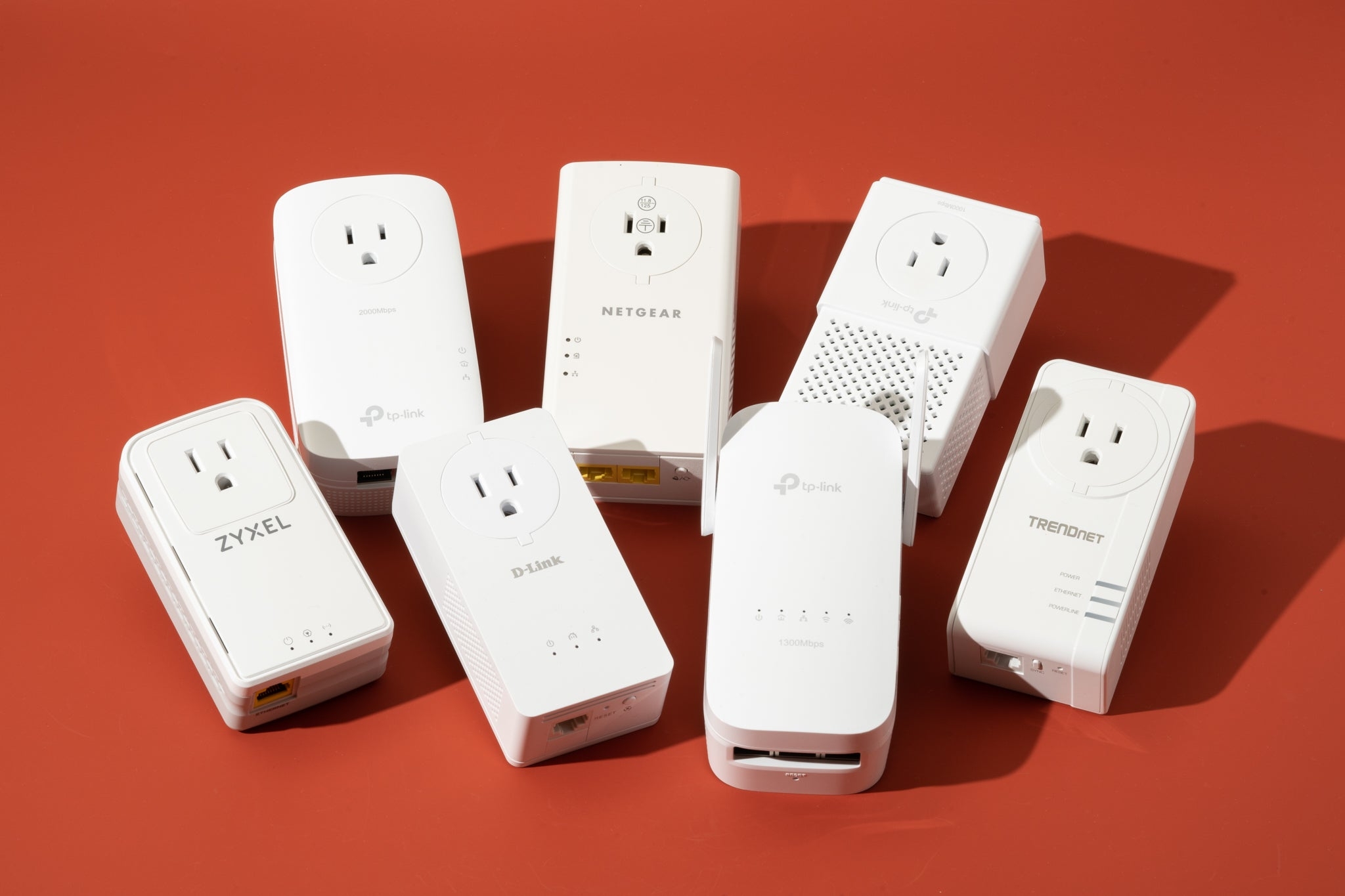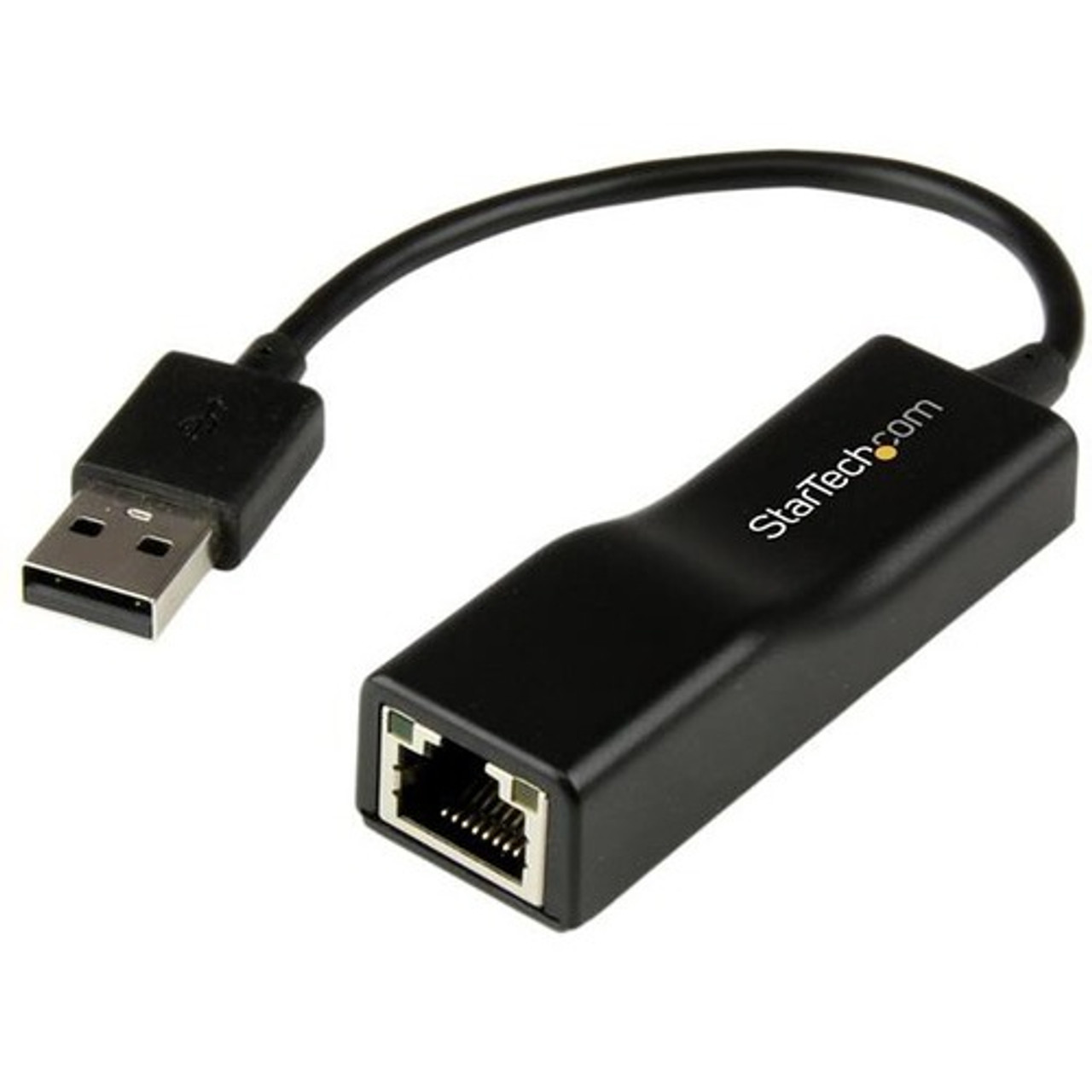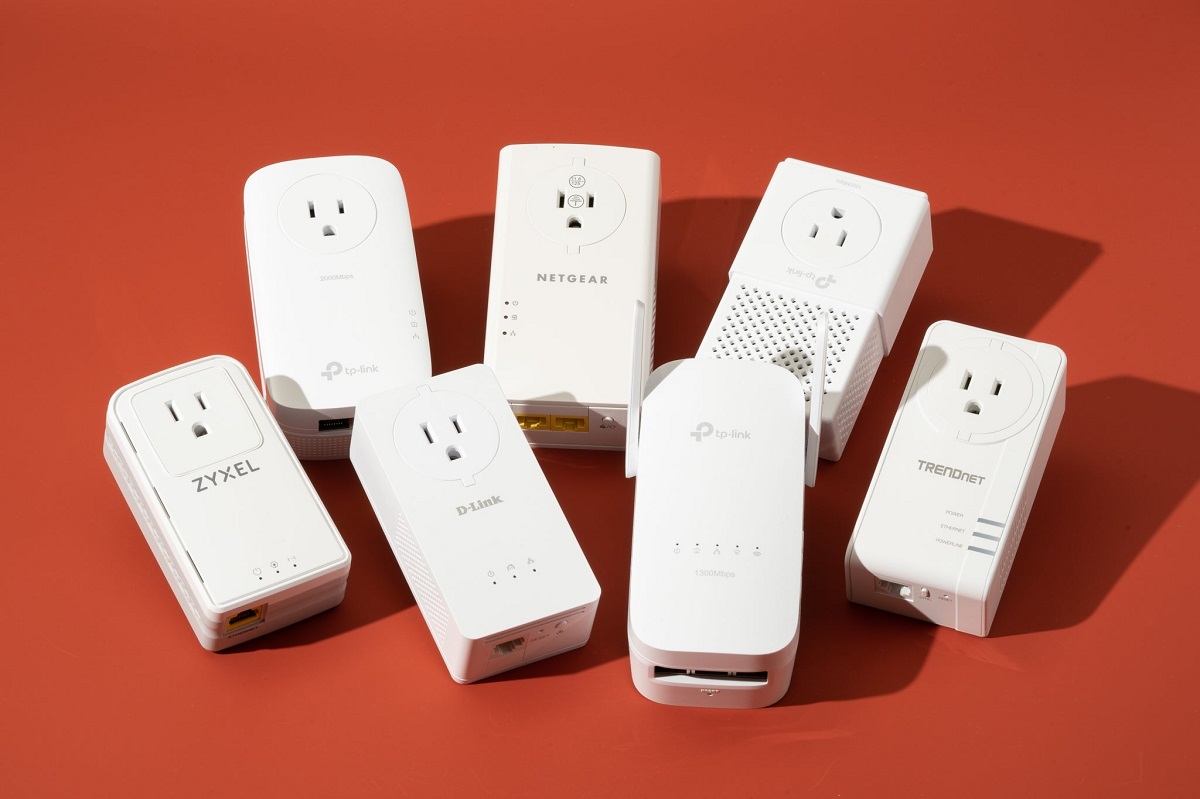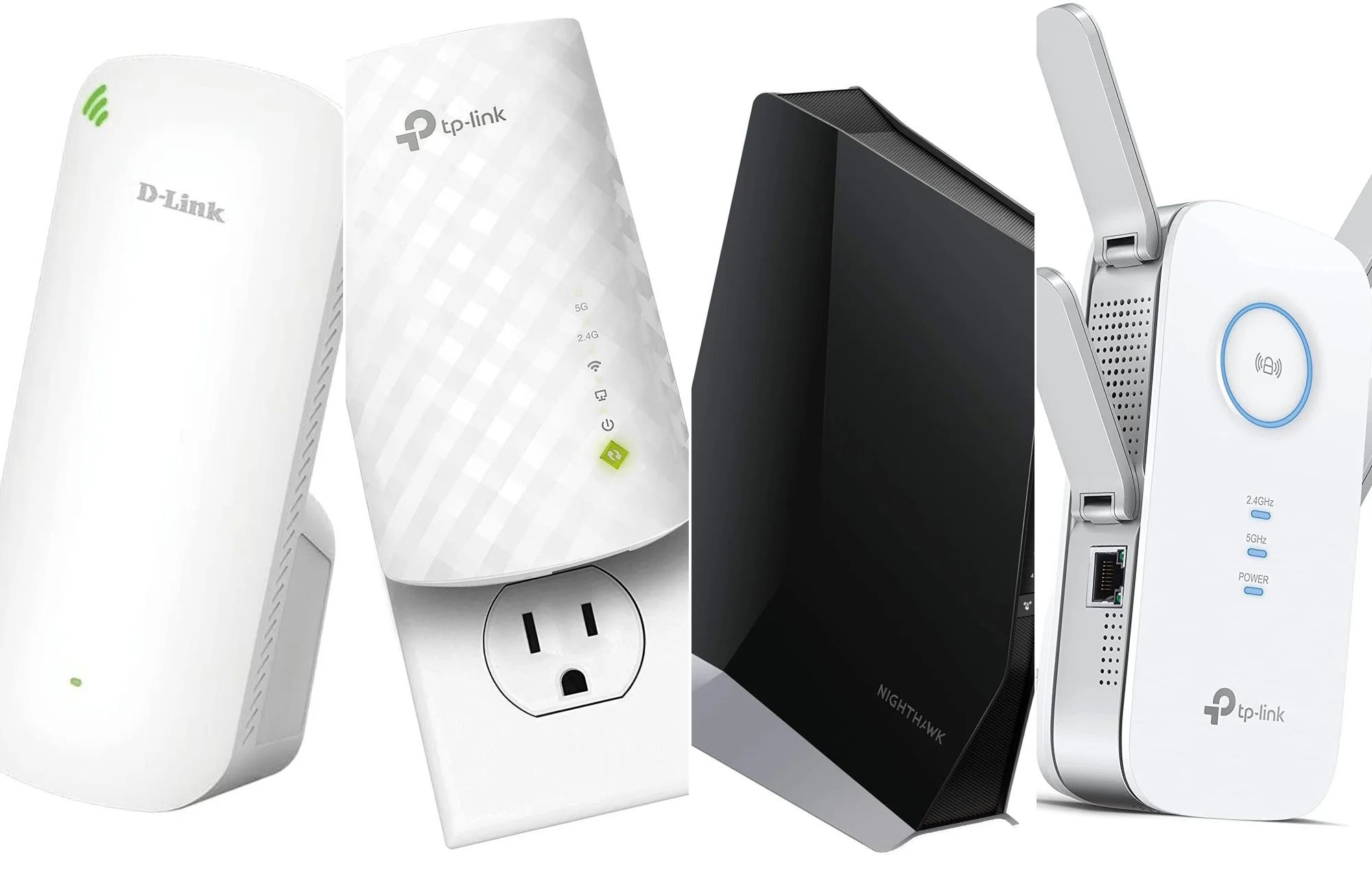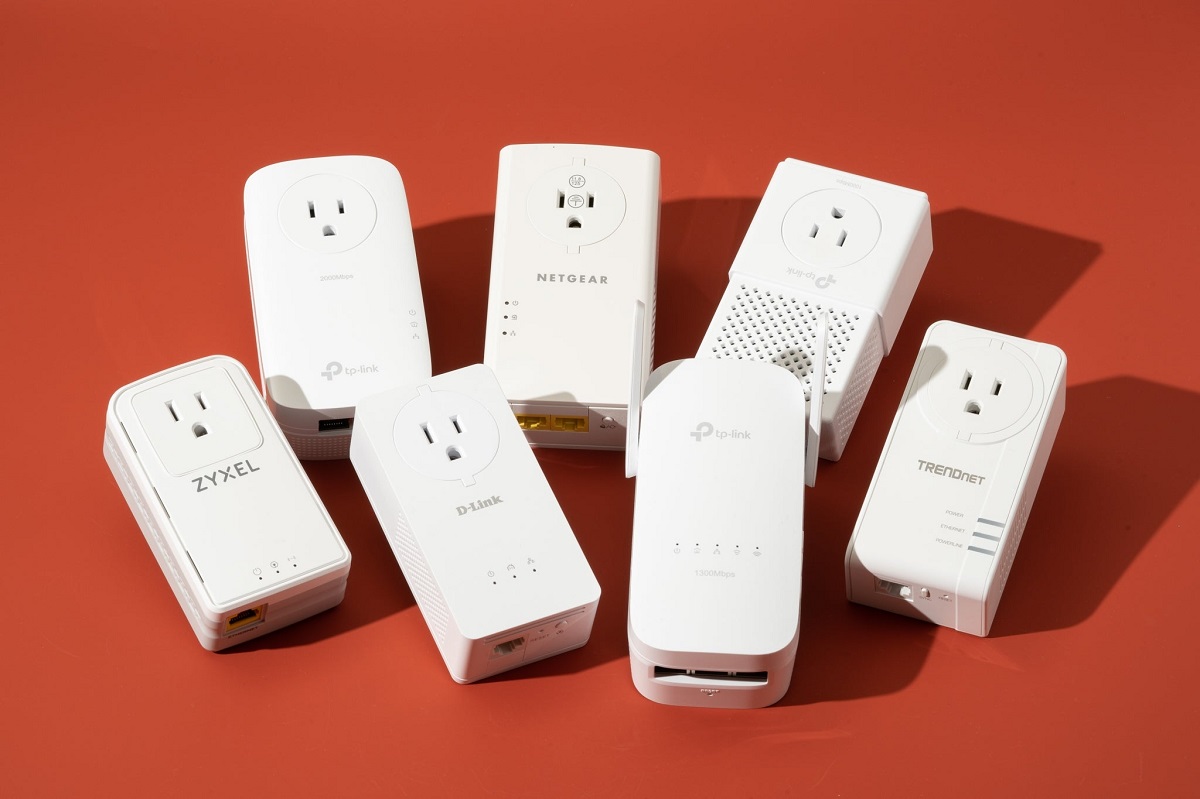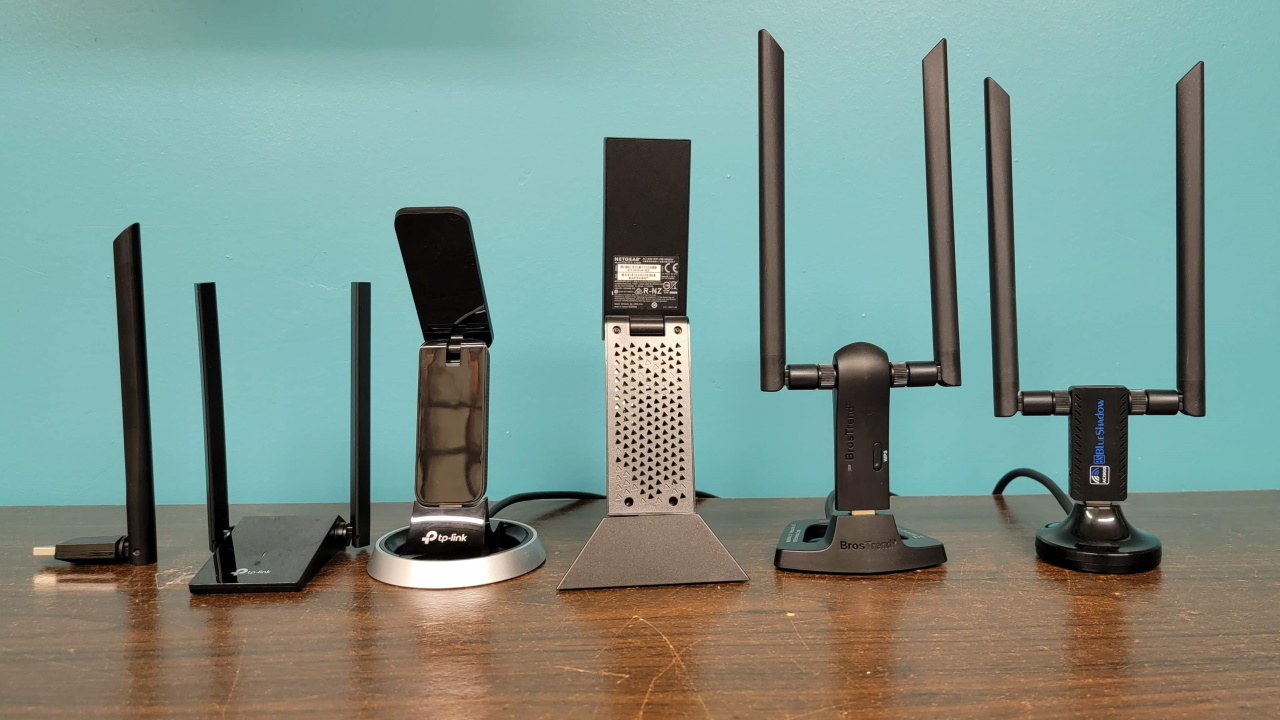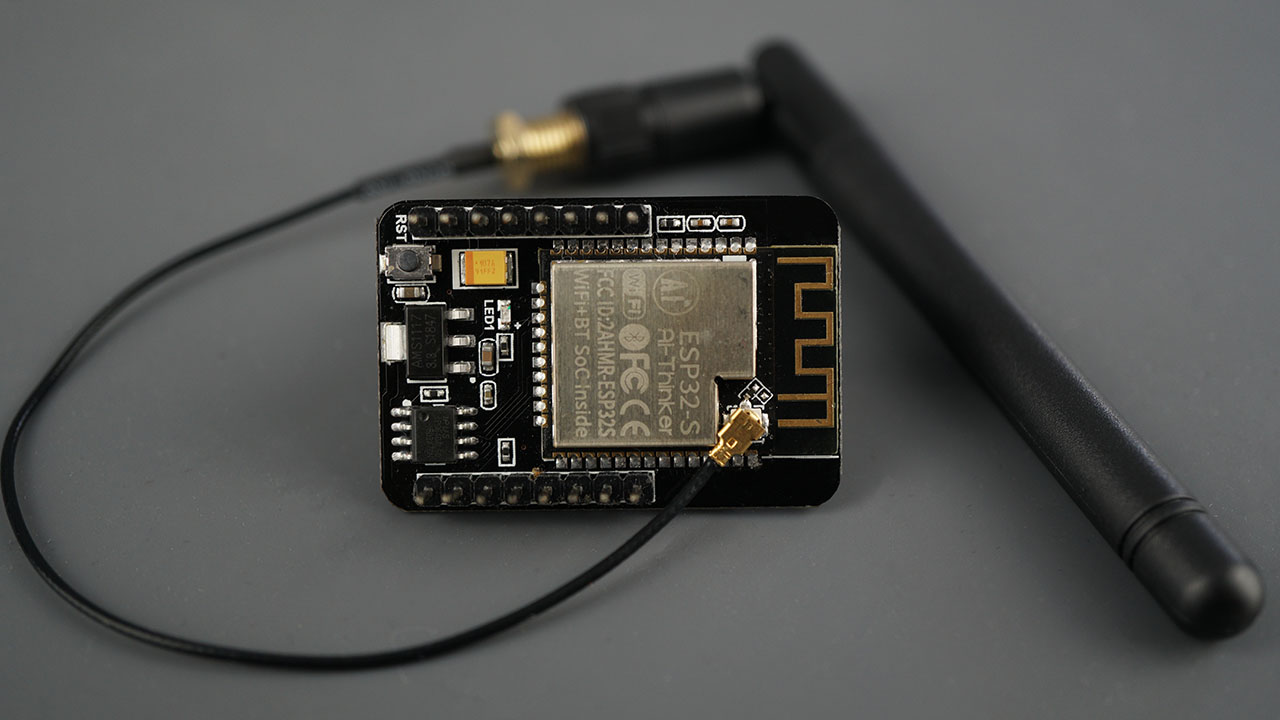Introduction
Welcome to the world of wireless connectivity! In today’s fast-paced, technology-driven world, staying connected to the internet has become a necessity. Whether it’s for work, leisure, or simply staying connected with friends and family, having a reliable and efficient network is crucial. That’s where WiFi bridges come into play.
WiFi bridges are essential devices that allow you to extend the reach of your wireless network, enabling you to connect devices that are located outside the range of your router. In this article, we will explore the world of WiFi bridges, delving into the technology behind them, their advantages, and the various applications where they are commonly used.
If you’ve ever experienced weak or unreliable WiFi signals in certain areas of your home, office, or outdoor spaces, a WiFi bridge can be the perfect solution. These devices act as a bridge between your existing network and the devices you want to connect, extending the WiFi coverage to areas that were previously unreachable.
Throughout this article, we will delve into the inner workings of WiFi bridges, how they function, and the benefits they bring. Whether you’re looking to improve the WiFi coverage in your home, create a wireless network in a large outdoor area, or connect remote buildings to your network, a WiFi bridge can be a game-changer. So, let’s dive in and discover the amazing possibilities of WiFi bridges!
What is a WiFi Bridge?
A WiFi bridge is a device that allows you to connect multiple networks wirelessly. It acts as a translator, bridging the gap between different networks and enabling seamless communication between them. In simpler terms, a WiFi bridge extends the reach of your existing network by wirelessly connecting it to another network.
Typically, a WiFi bridge consists of two main components: a transmitter and a receiver. The transmitter is connected to the main network, usually your router, while the receiver is placed in the area where you want to extend the WiFi coverage. The receiver connects to devices within its range, such as computers, smartphones, or smart home devices, and bridges the connection back to the main network.
WiFi bridges can operate in different modes, depending on the specific requirements and use cases. One common mode is the “Client Mode,” where the bridge acts as a receiver, connecting wirelessly to an existing WiFi network. Another mode is the “Access Point Mode,” where the bridge creates a new WiFi network, allowing devices to connect to it wirelessly.
One of the key features of WiFi bridges is their ability to support long-range connections. They utilize high-gain antennas and advanced signal processing techniques to transmit and receive signals over extended distances. This makes them ideal for connecting distant buildings, remote outdoor areas, or even different floors within a building.
WiFi bridges also offer the flexibility to connect devices via Ethernet cables. They often come equipped with Ethernet ports, allowing you to connect devices that don’t have wireless capabilities directly to the bridge. This is especially useful for devices that require a stable and high-speed connection, such as gaming consoles or smart TVs.
In summary, a WiFi bridge is a versatile device that enhances your network’s coverage by wirelessly connecting multiple networks together. Whether you need to extend your WiFi signal to hard-to-reach areas, create a wireless network in an outdoor space, or connect remote buildings, a WiFi bridge provides a reliable and efficient solution.
How Does a WiFi Bridge Work?
To understand how a WiFi bridge works, let’s take a closer look at its functioning and the steps involved in establishing a bridge connection:
- Establishing Connections: A WiFi bridge consists of a transmitter and a receiver. The transmitter is connected to the main network, typically through an Ethernet cable, while the receiver is placed in the area where you want to extend the WiFi coverage.
- Signal Transmission: The transmitter sends out WiFi signals, allowing the receiver to establish a wireless connection with it. The receiver then picks up these signals and establishes a wireless connection with devices within its range.
- Data Transmission: Once the connection is established, the WiFi bridge acts as a relay, transmitting data between the receiver and the main network. This enables seamless communication between devices connected to the receiver and those connected to the main network.
WiFi bridges typically operate on the 2.4GHz or 5GHz frequency bands, just like regular WiFi networks. They utilize high-gain antennas and advanced signal processing techniques to transmit and receive signals over extended distances. This allows the bridge to establish a strong and stable connection between the receiver and the main network.
Many WiFi bridges also offer advanced features such as WDS (Wireless Distribution System). WDS enables multiple bridges to be connected together, creating a mesh-like network where each bridge acts as a node, extending the WiFi coverage even further. This is particularly useful for large outdoor areas or buildings with multiple floors.
When it comes to security, WiFi bridges support various encryption protocols, such as WPA2-PSK (Wi-Fi Protected Access 2 – Pre-Shared Key), to ensure the privacy and security of the network. It’s important to configure the bridge with a strong password to prevent unauthorized access.
In summary, a WiFi bridge works by establishing a wireless connection between the main network and a receiver, extending the WiFi coverage to areas that are outside the range of the main network. By acting as a relay, the bridge facilitates data transmission between devices connected to the receiver and those connected to the main network, allowing for seamless communication and enhanced connectivity.
Advantages of Using a WiFi Bridge
WiFi bridges offer numerous advantages that make them a valuable addition to any network setup. Here are some key benefits of using a WiFi bridge:
- Extended WiFi Coverage: The primary advantage of a WiFi bridge is the ability to extend the range of your existing network. With a bridge, you can establish a wireless connection to areas that were previously unreachable, such as a backyard, garage, or separate building.
- Easy Setup: WiFi bridges are typically easy to set up, requiring minimal technical expertise. Most bridges come with a user-friendly interface and step-by-step instructions, making the installation process straightforward and hassle-free.
- Cost-Effective Solution: Compared to other networking solutions, WiFi bridges are often a more affordable option. Instead of investing in additional routers or repeaters, a WiFi bridge can provide the necessary coverage at a fraction of the cost.
- Flexibility: WiFi bridges offer flexibility in terms of device and connectivity options. They can connect devices that are not WiFi-enabled by providing Ethernet ports, allowing you to connect devices like gaming consoles, smart TVs, or printers directly to the bridge.
- High Performance: WiFi bridges utilize advanced signal processing techniques and high-gain antennas to provide a strong and stable connection. This ensures that devices within the bridge’s range experience reliable and high-speed connectivity.
- Seamless Integration: When properly configured, a WiFi bridge seamlessly integrates with your existing network. Devices connected to the bridge operate as if they were directly connected to the main network, allowing for seamless communication and uninterrupted access to the internet.
- Security: WiFi bridges support various encryption protocols, ensuring the security and privacy of your network. With features like WPA2-PSK, you can protect your WiFi bridge from unauthorized access and keep your network safe.
Whether you’re looking to expand your WiFi coverage, connect remote areas, or provide network access in a separate building, a WiFi bridge offers the convenience, affordability, and flexibility to meet your needs.
Common Applications of WiFi Bridges
WiFi bridges have a wide range of practical applications that can greatly enhance connectivity in various settings. Here are some common scenarios where WiFi bridges are commonly used:
- Outdoor Environments: WiFi bridges are commonly employed in outdoor settings such as gardens, patios, and pool areas. They enable extended coverage beyond the range of the main network, allowing users to enjoy reliable WiFi connectivity while relaxing outdoors.
- Remote Buildings: WiFi bridges are ideal for connecting separate buildings to a main network. This is especially useful in situations where running Ethernet cables between buildings is not feasible or cost-effective. WiFi bridges provide a wireless solution that allows devices in remote buildings to access the same network as the main location.
- Multi-story Buildings: In large buildings with multiple floors, WiFi bridges can help eliminate dead zones and ensure consistent coverage throughout the entire space. By strategically placing bridges on each floor, users can enjoy reliable WiFi connectivity no matter where they are within the building.
- Outdoor Events: WiFi bridges are crucial for providing temporary WiFi coverage at outdoor events such as music festivals, trade shows, or sports competitions. They allow attendees and participants to stay connected and share their experiences on social media or access event-related information in real-time.
- Campus Environments: In educational institutions or business campuses, WiFi bridges help extend the network coverage to areas beyond the main building. This enables students, teachers, employees, and visitors to stay connected in common areas, outdoor spaces, or remote buildings across the campus.
- Rural Areas and Remote Locations: WiFi bridges play a vital role in bringing internet connectivity to rural areas and remote locations where wired infrastructure might not be economically viable. By establishing a wireless connection to the nearest network source, WiFi bridges enable residents and businesses to access reliable internet services.
- Temporary Setups: WiFi bridges are also useful in temporary setups like construction sites, pop-up shops, or outdoor exhibitions. They provide a quick and reliable solution for establishing network connectivity without the need for permanent infrastructure.
These are just a few examples of how WiFi bridges can be applied in various scenarios to enhance connectivity and extend network coverage. The versatility and flexibility of WiFi bridges make them a valuable tool in improving wireless connectivity in a wide range of environments.
Setting Up a WiFi Bridge
Setting up a WiFi bridge is a relatively straightforward process that typically involves the following steps:
- Choose the Right WiFi Bridge: Select a WiFi bridge that suits your specific needs in terms of range, compatibility, and features. Consider factors such as the distance between the main network and the intended location of the receiver, as well as any additional requirements like Ethernet connectivity or mesh networking capabilities.
- Prepare the Equipment: Gather all the necessary equipment, including the WiFi bridge device, Ethernet cables (if required), and a computer or smartphone for configuration.
- Connect the Bridge to the Main Network: Connect the transmitter of the WiFi bridge to the main network. This is usually done by connecting an Ethernet cable from the bridge to one of the LAN ports on your router.
- Configure the WiFi Bridge: Follow the manufacturer’s instructions to access the bridge’s configuration settings. This is typically done by entering the bridge’s IP address into a web browser and logging in with the provided credentials.
- Scan and Connect to the WiFi Network: In the bridge’s configuration interface, perform a scan for available WiFi networks. Select your desired network from the list and provide the necessary authentication credentials, such as the network’s SSID and password.
- Adjust Bridge Settings: Once the bridge is connected to the main network, you can customize additional settings according to your preferences. These may include adjusting the WiFi channel, enabling encryption protocols, setting up a new SSID, or configuring any advanced features supported by the bridge.
- Place the Receiver in the Desired Location: Position the receiver in a location where you want to extend the WiFi coverage. Ensure that it is within range of the transmitter and that there are no obstructions that could cause signal interference.
- Connect Devices to the WiFi Bridge: Once the bridge is set up and the receiver is in place, connect your devices to the WiFi network provided by the bridge. Devices within the range of the receiver will now be able to access the extended WiFi coverage.
It’s important to note that the specific steps may vary depending on the make and model of the WiFi bridge you are using. Always refer to the user manual or manufacturer’s instructions for detailed guidance on the setup process.
By carefully following the above steps and configuring the WiFi bridge correctly, you can establish a reliable and extended WiFi network that improves connectivity in areas beyond the range of your main network.
Choosing the Right WiFi Bridge for Your Needs
When selecting a WiFi bridge, it’s important to consider your specific requirements to ensure that you choose the right device for your needs. Here are some key factors to consider:
- Range: Determine the range you need to cover and choose a WiFi bridge that can reliably transmit signals over that distance. Consider factors such as building materials, interference, and any obstacles that may affect the signal strength.
- Compatibility: Ensure that the WiFi bridge is compatible with your existing network equipment, such as your router and devices. Check for compatibility regarding WiFi standards (e.g., 802.11ac, 802.11n) and encryption protocols (WPA2, WPA3) to ensure seamless integration.
- Features: Consider the additional features offered by the WiFi bridge. For example, if you need to connect devices with Ethernet ports, ensure that the bridge has the necessary connectivity options. If you require a mesh network setup, look for a bridge that supports WDS or other mesh networking protocols.
- Security: Choose a WiFi bridge that offers robust security features, such as support for the latest encryption protocols (e.g., WPA2-PSK) and the ability to create separate guest networks. This ensures the privacy and protection of your network from unauthorized access.
- User-Friendly Interface: Consider the ease of use and configuration of the WiFi bridge. Look for bridges with intuitive interfaces and step-by-step instructions that make it easy for users to set up and manage the device.
- Reviews and Recommendations: Read product reviews and seek recommendations from trusted sources and online communities. Gather information about the reliability, performance, and customer satisfaction of different WiFi bridge models to make an informed decision.
- Budget: Determine your budget for the WiFi bridge and search for devices within that price range. Remember to balance cost with quality and features to ensure you get the best value for your money.
By carefully considering these factors, you can find the WiFi bridge that best suits your needs and provides the necessary features and functionality for your specific use case. Conducting thorough research, reading reviews, and comparing different models will help you make an informed decision and select a WiFi bridge that meets all your requirements.
Conclusion
WiFi bridges are invaluable devices that enhance connectivity by extending the reach of your wireless network. Whether you need to expand WiFi coverage to outdoor areas, connect remote buildings, or eliminate dead zones within a large building, a WiFi bridge provides a practical and reliable solution.
In this article, we explored the concept of WiFi bridges, how they work, and the advantages they bring. We discussed their role in bridging different networks, establishing connections, and facilitating seamless data transmission. WiFi bridges offer flexible and cost-effective solutions for improving network coverage in various settings.
We also discussed common applications of WiFi bridges, including outdoor environments, remote buildings, multi-story buildings, outdoor events, campus environments, and rural areas. WiFi bridges have become indispensable in these scenarios, enabling connectivity in places where it was previously challenging.
Furthermore, we provided a step-by-step guide on setting up a WiFi bridge, highlighting the importance of choosing the right device for your needs and considering factors such as range, compatibility, features, security, and budget.
By choosing a WiFi bridge that suits your requirements and following the recommended setup process, you can enjoy extended WiFi coverage, improved connectivity, and the ability to connect devices that were previously outside the reach of your network.
Whether you’re a homeowner, business owner, student, or event organizer, incorporating a WiFi bridge into your network setup can greatly enhance your wireless experience and make connectivity more accessible in a variety of situations.
So, why settle for limited WiFi coverage when you can bridge the gap and expand your network reach? Explore the possibilities of WiFi bridges and enjoy seamless and reliable connectivity wherever you go.









